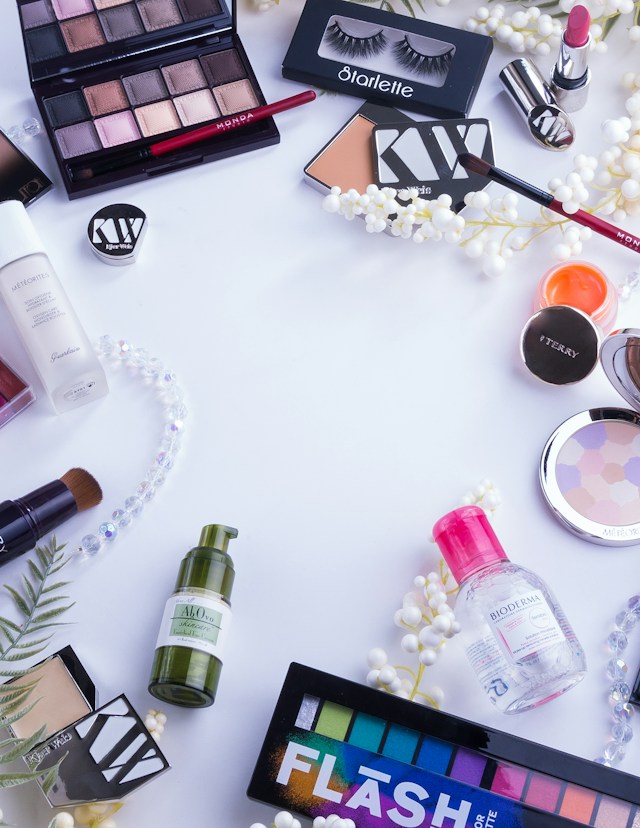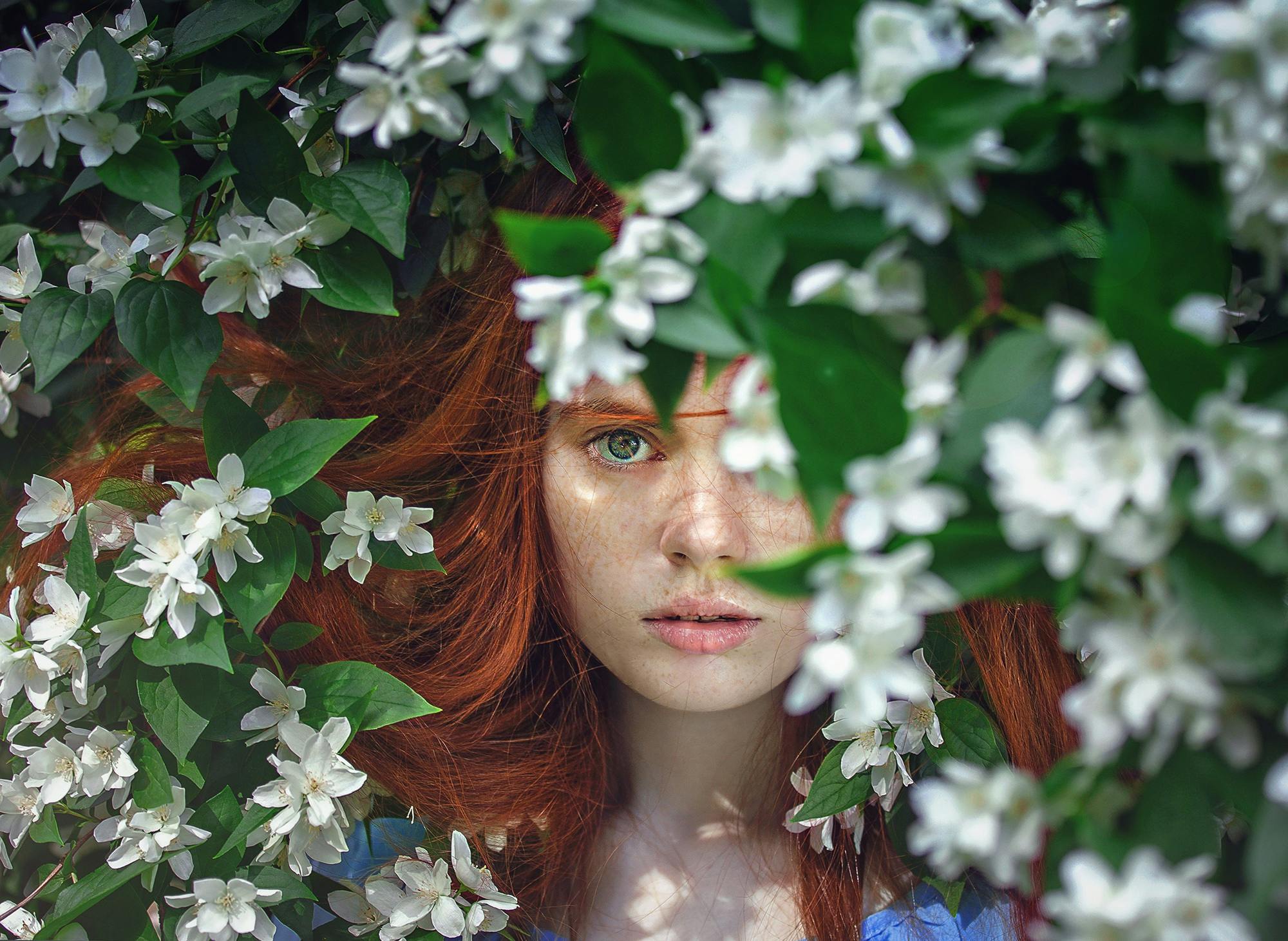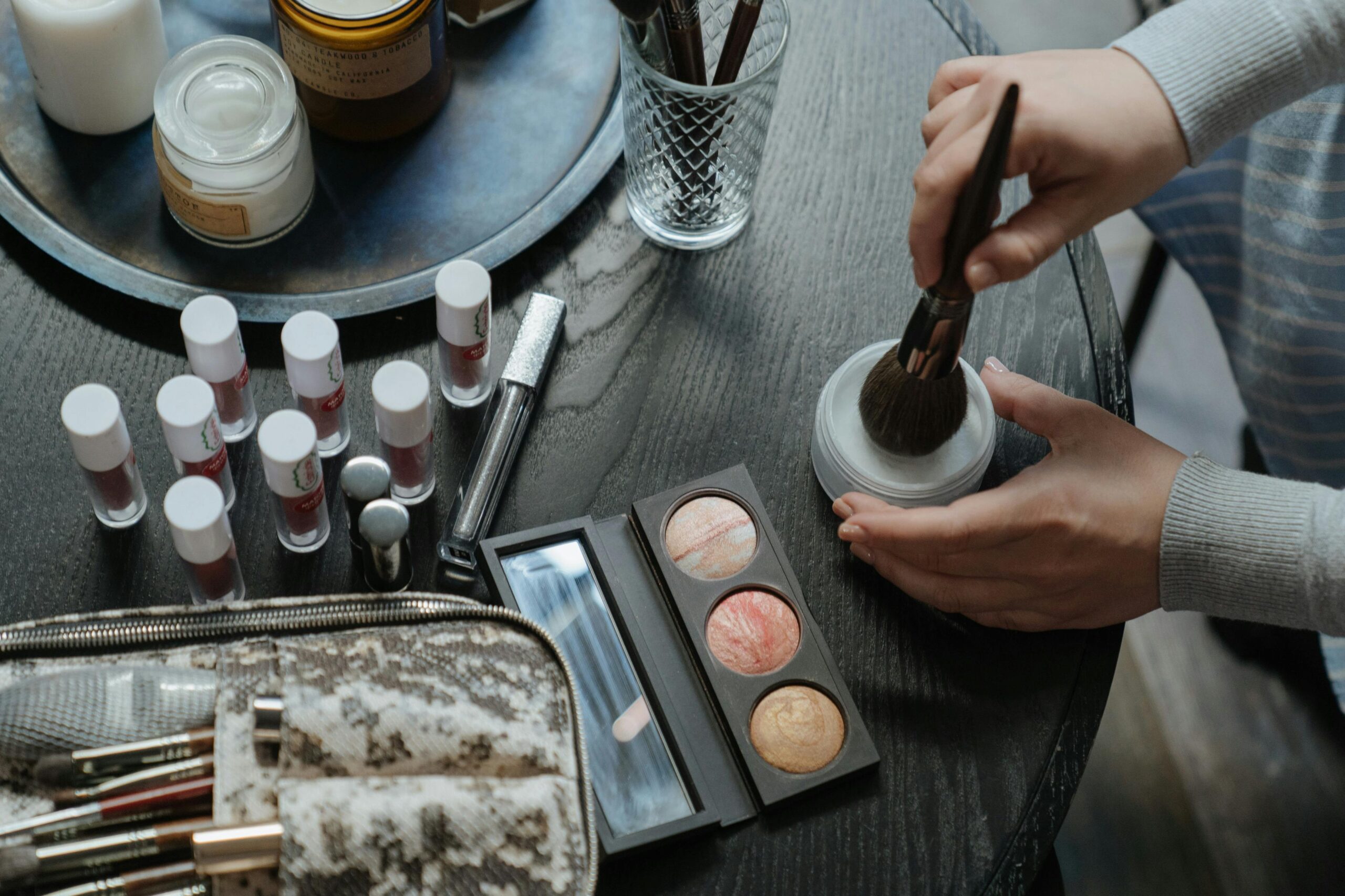
Evolution of Beauty: Tracing the Changing Notions Over Time
Beauty, an ever-evolving concept, has undergone remarkable transformations throughout history, reflecting shifts in culture, society, and ideals. From ancient civilizations to modern times, the perception of beauty has been shaped by various factors, leaving an indelible mark on our collective consciousness. Let’s delve into the fascinating journey of how the idea of beauty has changed over time.
Ancient Notions: In ancient civilizations, beauty was often associated with symmetry, harmony, and divine proportions. Sculptures and artworks from this era depicted idealized figures with flawless features, symbolizing perfection and spiritual significance. Beauty rituals and practices were deeply ingrained in cultural traditions, reflecting a reverence for aesthetic ideals.
Medieval Era: During the Middle Ages, beauty standards were influenced by religious beliefs and societal norms. Pale skin, delicate features, and modesty were prized attributes, reflecting purity and virtue. Beauty was often synonymous with piety, and elaborate hairstyles and ornate attire were symbols of status and refinement.
Victorian Constraints: The Victorian era imposed strict beauty standards, particularly on women, emphasizing modesty, chastity, and restraint. Corsets, pale complexions, and demure expressions were prized, reflecting Victorian ideals of femininity and morality. Beauty was often a symbol of social status and adherence to rigid societal norms.
Modern Evolution: In the 20th and 21st centuries, beauty standards have become more diverse and inclusive, reflecting changing attitudes towards gender, race, and individuality. Movements advocating for body positivity, diversity, and self-expression have challenged traditional beauty norms, celebrating beauty in all its forms. From the rise of natural beauty to the embrace of unique features and imperfections, modern beauty ideals prioritize authenticity and empowerment.
In Conclusion: The evolution of beauty is a testament to the dynamic nature of human perception and culture. From ancient ideals of perfection to modern celebrations of diversity and individuality, beauty has transcended time and boundaries, shaping our understanding of aesthetics and identity. As we continue to redefine beauty on our own terms, let us embrace the beauty within ourselves and others, honoring the rich tapestry of human expression and experience.








